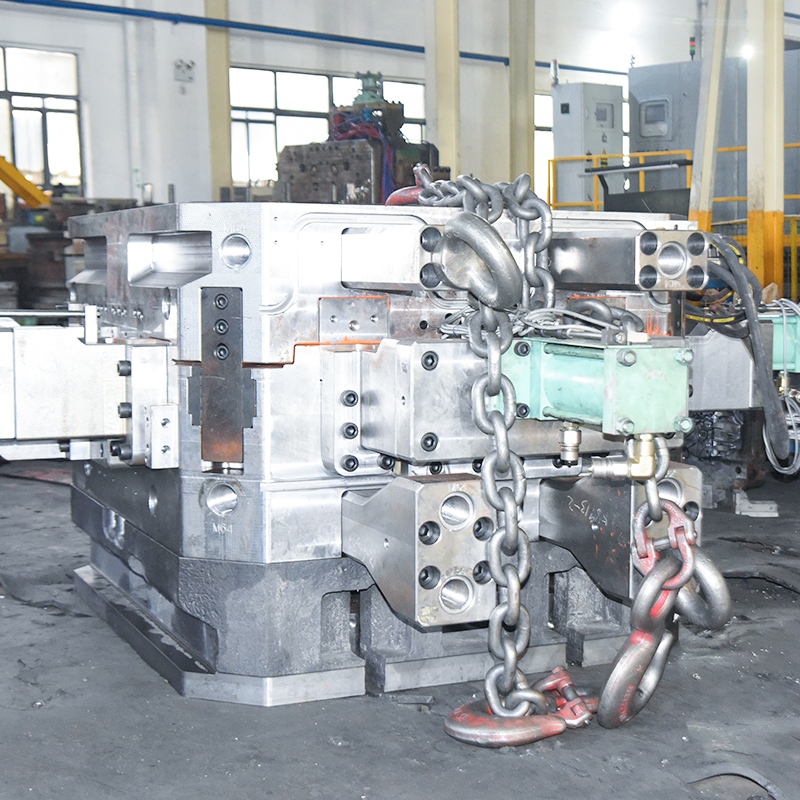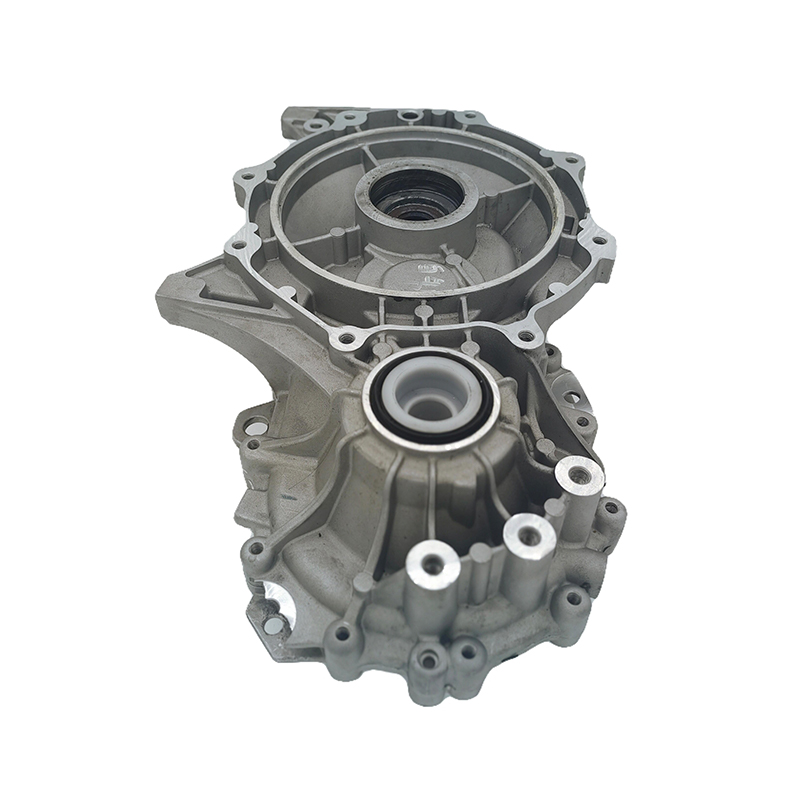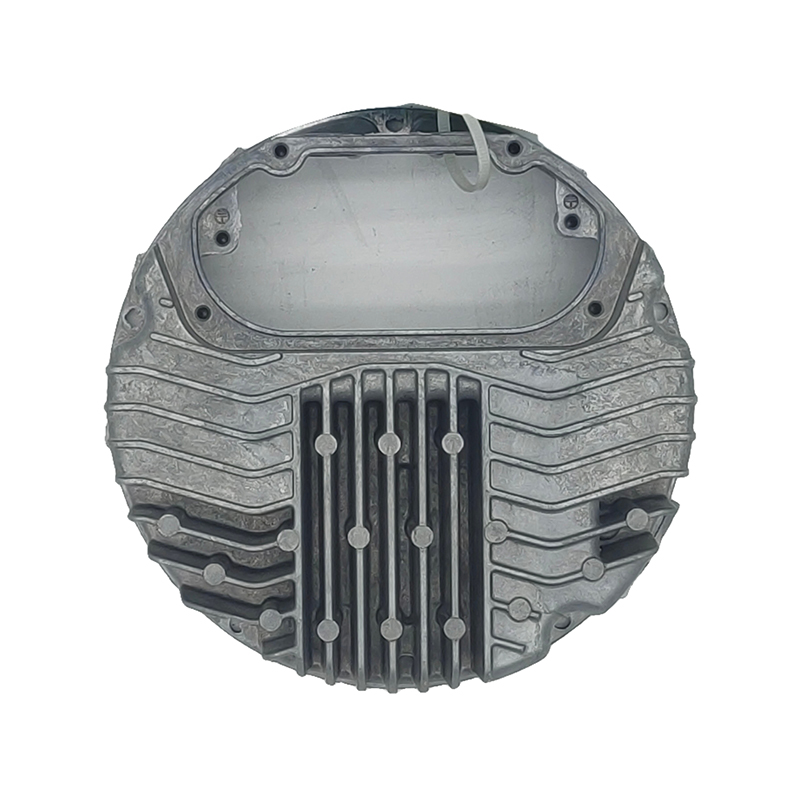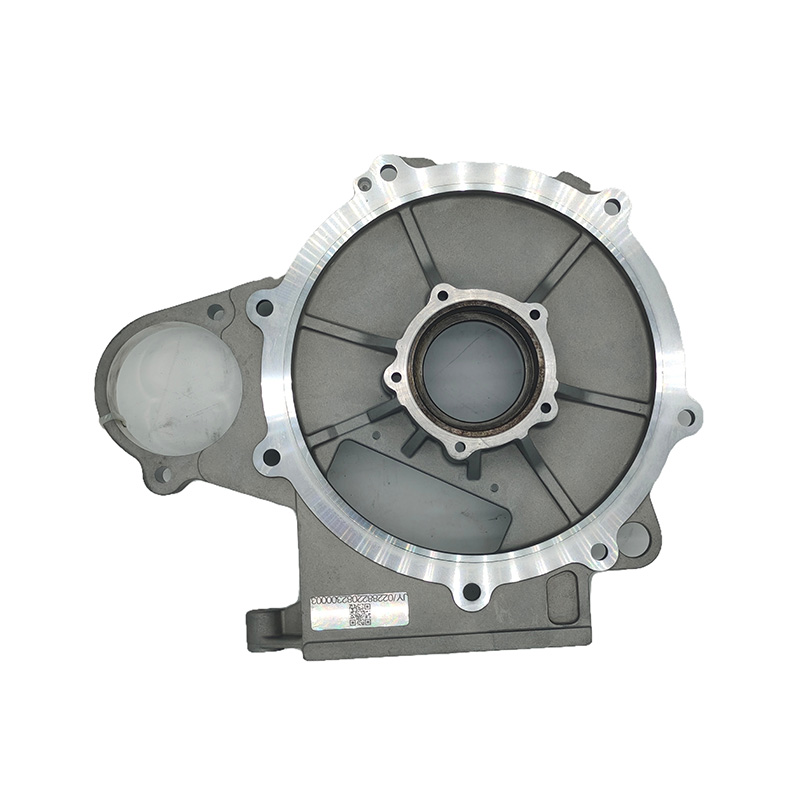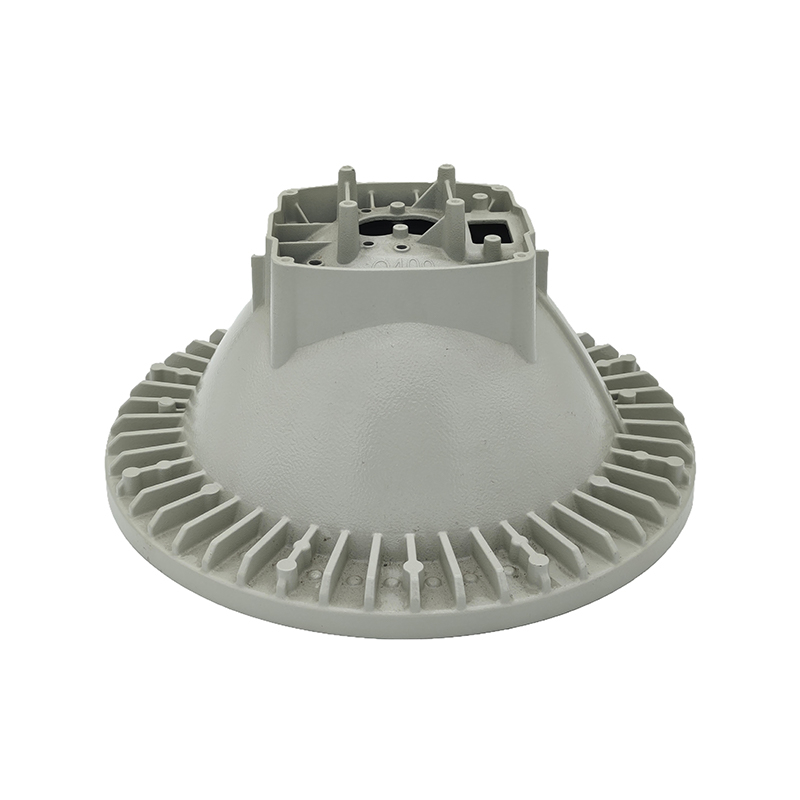1. Lightweight Construction Improves Fuel Efficiency
Aluminum alloy, as a lightweight metal, has a density approximately one-third that of steel. Therefore, using aluminum alloy die-cast parts in automotive design can significantly reduce vehicle weight. A lighter vehicle body is crucial to a vehicle's fuel efficiency and overall performance. Specifically, it can:
Improved Fuel Efficiency: Reducing vehicle weight requires less energy to operate, reducing fuel consumption. For example, using aluminum alloy die-cast parts in a vehicle's engine and transmission can reduce vehicle weight, thereby improving vehicle fuel efficiency.
Better Acceleration and Handling: A lighter vehicle means faster acceleration and more agile handling. At highway speeds, the vehicle's responsiveness and stability are more immediate, which is crucial for the driving experience.
2. Excellent Strength-to-Weight Ratio
Aluminum alloy's excellent strength-to-weight ratio means it's not only lightweight but also capable of withstanding significant loads, a crucial requirement for automotive components. Aluminum alloy die-cast parts maintain exceptional strength even under high pressure and stress without adding unnecessary weight. Application examples include:
Engine blocks and transmission housings: Aluminum alloy die-cast parts are widely used in engine and transmission housings, where they must withstand significant operating pressures. Aluminum alloy die-cast parts offer the required strength at a low weight.
Chassis and suspension systems: These components must withstand the intense shock and vibration of a vehicle's operation, and aluminum alloy die-cast parts offer an ideal balance of strength and weight.

3. Corrosion Resistance and Durability
Aluminum alloys inherently possess excellent corrosion resistance. When exposed to air, aluminum forms a strong oxide film on its surface, effectively preventing oxidation and corrosion. As a result, aluminum alloy die-cast parts offer high durability during automotive use, especially in harsh environments. For example:
Longer service life: When exposed to moisture or corrosive chemicals (such as road salt), aluminum alloy parts exhibit greater durability and resist rust and corrosion than steel components.
Reduced maintenance costs: Aluminum alloy's corrosion resistance reduces damage to automotive parts and the need for maintenance, which helps lower long-term repair costs.
4. Excellent Thermal Conductivity
Aluminum alloys have excellent thermal conductivity, dissipating heat more efficiently than many other metals. This is crucial for high-temperature components such as automotive engines and cooling systems. Specifically, they offer the following benefits:
Improved Engine Cooling Efficiency: Aluminum alloy die-cast parts are widely used in engine and radiator components because aluminum more effectively removes heat from the engine and other heat sources, preventing overheating.
Improved Temperature Control: Vehicles must maintain a suitable temperature range during operation. The thermal conductivity of aluminum alloys helps distribute heat more evenly, ensuring that electronic devices and engines operate within the ideal temperature range, thereby improving overall performance and extending component life.
5. Precision Casting for Complex Shapes
Aluminum alloy die-casting enables highly detailed part designs, making it particularly suitable for automotive parts requiring precision and complex geometries. Through the high-precision die-casting process, aluminum alloy parts can meet the exacting tolerances that are crucial to automotive performance. For example:
Higher Part Accuracy: The precision casting process allows for tighter control of part dimensions, reducing assembly errors and gaps, and improving the accuracy and reliability of the entire vehicle. Reduced Post-Processing: Aluminum alloy die-cast parts are highly precise and typically require no extensive machining or surface treatment, saving manufacturing time and costs.
6. Impact Resistance and Crash Safety
Aluminum alloy is not only lightweight but also possesses excellent energy absorption capabilities. This property is crucial for vehicle crash safety. Using aluminum alloy die-cast parts in key safety components such as front and rear bumpers, body frames, and side impact beams can effectively improve vehicle safety. For example:
Improved Crash Performance: Aluminum alloy absorbs significant impact energy during a collision, minimizing injuries to occupants, especially in low-speed collisions.
Reduced Vehicle Damage: Aluminum alloy die-cast parts can withstand significant impact forces, protecting other critical vehicle components from damage and enhancing the overall vehicle's impact resistance.
7. Flexibility in Design and Customization
The aluminum alloy die-casting process is highly flexible, allowing parts to be designed to meet specific requirements for different vehicle models. This flexibility enables aluminum alloy die-cast parts to meet diverse performance standards and design concepts. For example:
Customized Design: Automakers can tailor parts to specific needs, such as lighter, more efficient parts for electric vehicles or components with increased strength and durability for sports sedans.
Complex Geometries: The die-casting process allows for more complex part designs, reducing the number of parts and complex joints, and improving overall design simplicity and efficiency.
8. Sustainability and Recyclability
Aluminum alloys have a very high recycling rate, and the recycling process has a low environmental impact. Aluminum alloy die-cast parts not only meet modern environmental standards but also help reduce resource waste and promote green production. Specifically:
Reduced Carbon Footprint: Aluminum recycling consumes less energy than the production of virgin aluminum, so using aluminum alloy die-cast parts helps reduce carbon emissions from vehicle manufacturing.
Lifecycle Recyclability: At the end of a vehicle's lifespan, aluminum alloy parts can be easily recycled and reused, helping to reduce waste and promote a circular economy.
9. Cost-Effectiveness of Large-Scale Production
Aluminum alloy die-casting is an efficient production process that is particularly well-suited to large-scale production. Parts produced using this method not only offer consistent quality, but are also produced quickly and cost-effectively. Specifically:
Improved Production Efficiency: Aluminum alloy die-casting molds can be reused, resulting in shorter part production cycles and the ability to meet the demands of large-scale production.
Reduced Material Waste: Compared to other traditional manufacturing methods, the aluminum alloy die-casting process produces less material waste, further reducing production costs.
10. Multifunctional Integration
Aluminum alloy die-casting can integrate multiple functions into a single part, reducing the number of parts, lowering overall costs, and improving structural integrity. Specifically:
Reduced Assembly Time: By integrating multiple functions into a single part, the number of components is reduced, shortening assembly time and lowering assembly costs.
Enhanced Structural Integrity: Fewer joints means fewer weak points between parts, making the overall structure more robust and reliable, and avoiding failures caused by loose connections.

 English
English Español
Español Deutsch
Deutsch русский
русский